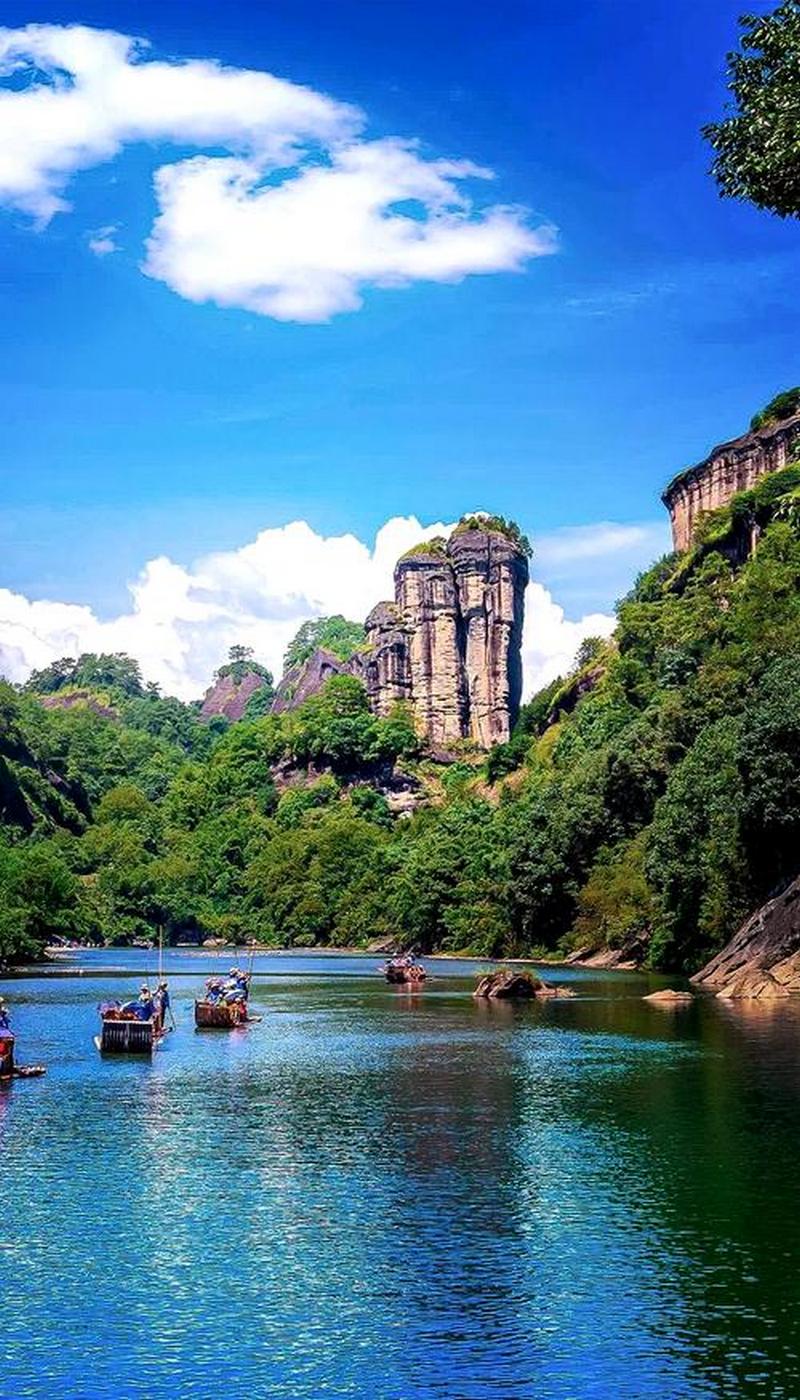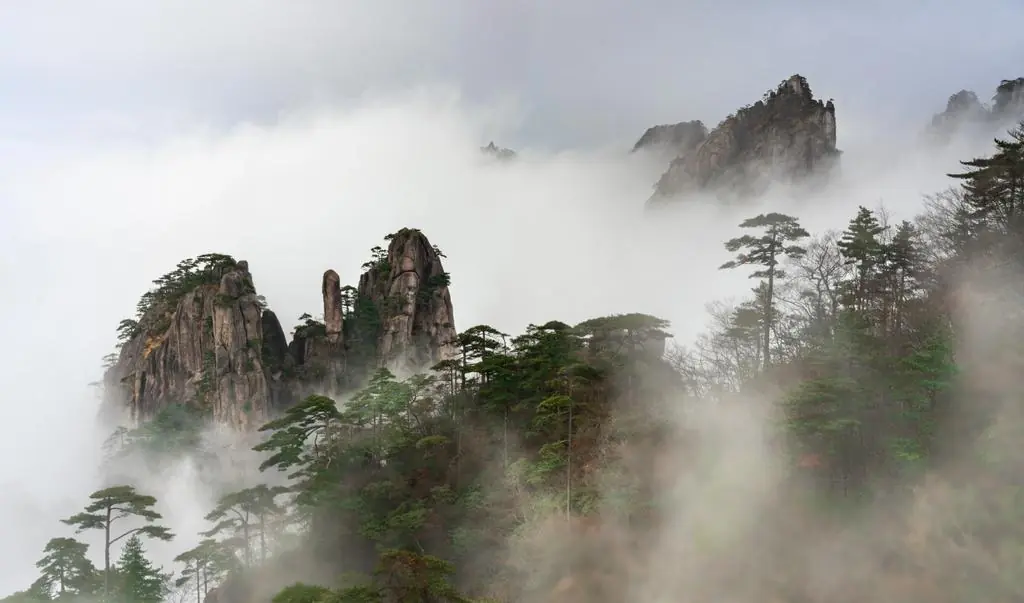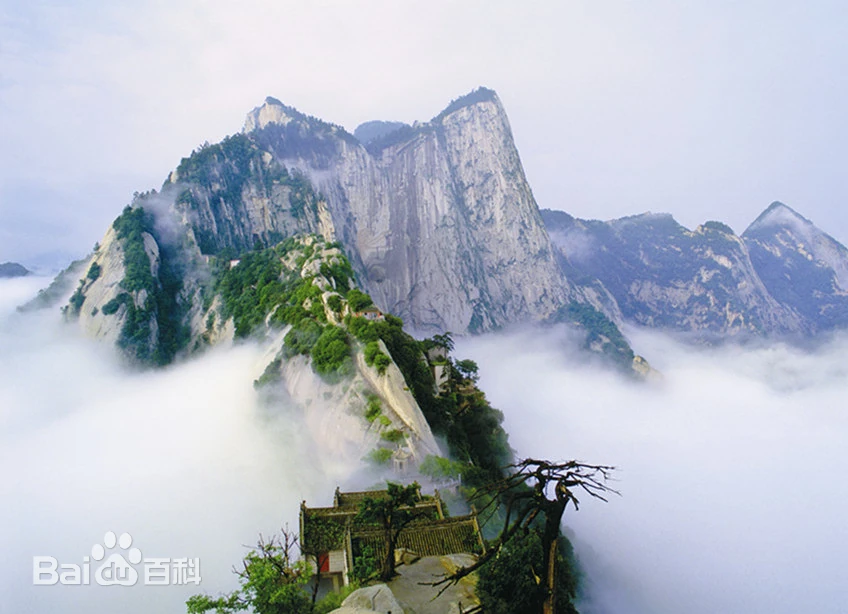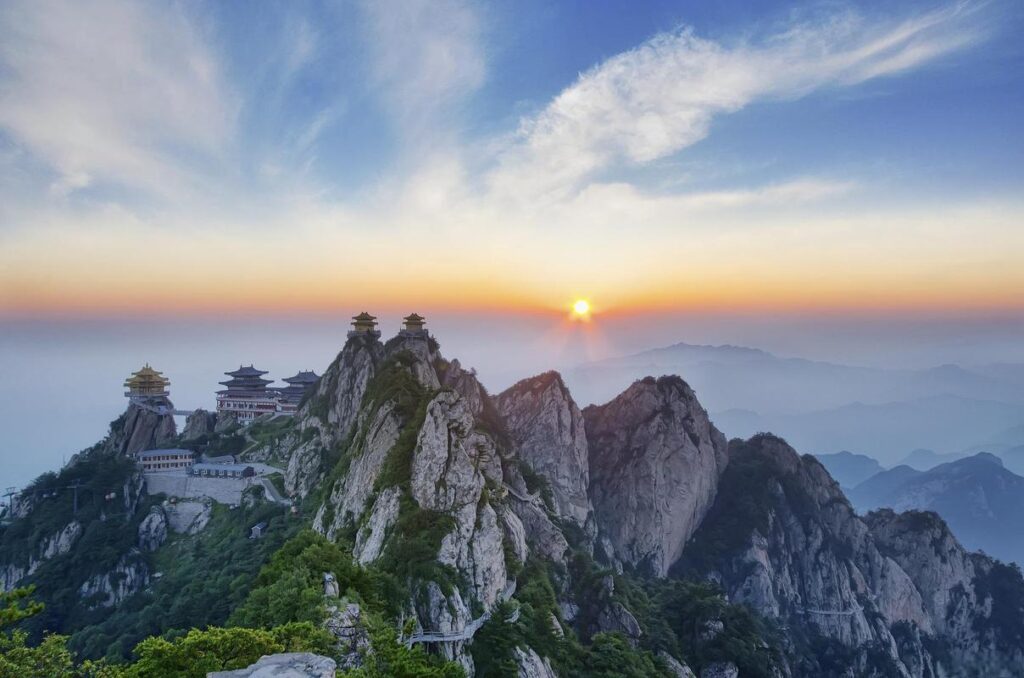Mount Wuyi City is located in the northwest of Fujian Province, at the junction of Fujian and Jiangxi, between 117 ° 37 ′ 22 ″ -118 ° 19 ′ 44 ″ E and 27 ° 27 ′ 31 ″ -28 ° 04 ′ 49 ″ N, belonging to the middle subtropical region. Formerly known as Chong’an County, it was established in the fifth year of Chunhua in the Northern Song Dynasty (994 AD). In August 1989, with the approval of the State Council, the county was abolished and a city was established. It is an emerging tourist city named after a famous mountain. At present, Mount Wuyi has “Three World Heritage” and “Two Parks”. The “Third World Heritage” was approved by UNESCO to be included in the The World Heritage List in December 1999, becoming one of China’s first batch of world cultural and natural heritage; On November 29, 2022, the production techniques of Wuyi Rock Tea (Dahongpao) were included in the Representative List of Intangible Cultural Heritage of Humanity. In December 2022, Mount Wuyi Chengcun Seoul Site was selected into the National Archaeological Heritage Park.


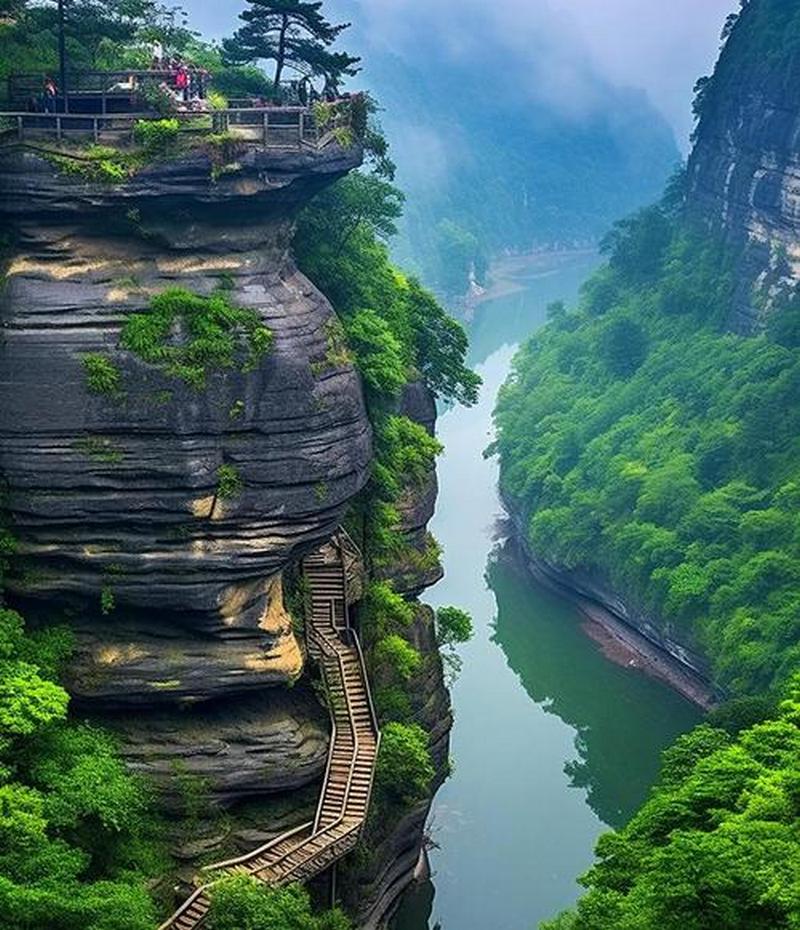

Mount Wuyi is famous for its beautiful scenery, long history, and numerous talents. The city has a total area of 2802.71 square kilometers, a total registered residence population of 2471.83 million, and has jurisdiction over 3 towns, 4 townships, 3 streets, 6 tea farms, and 115 administrative villages. It has the first batch of national key nature reserves, national scenic spots, national tourist resorts, and national first-class air ports. It is an excellent tourist city in China, one of the top ten famous mountains in China, and a national 5A level civilized scenic tourist area. It has six national key cultural relics protection units and two Chinese historical and cultural villages.

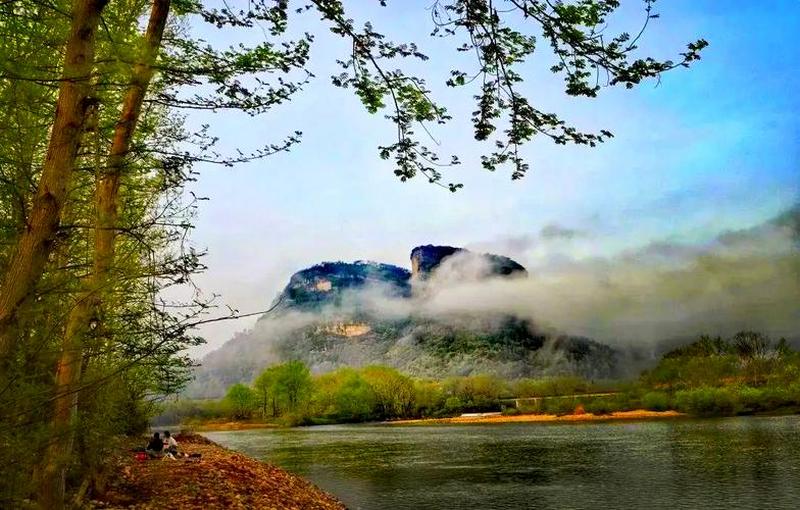

Mount Wuyi has a unique, rare and wonderful natural landscape, belongs to a rare natural beauty zone, and is the representative of harmony and unity between human beings and the natural environment. The natural scenery of Mount Wuyi is unique. In November 1982, the State Council approved the establishment of Mount Wuyi National Key Scenic Area, with a total area of 70 square kilometers. Mount Wuyi Scenic Area is a typical Danxia landform. There are 36 strange peaks and 99 rocks on both sides of the mountain surrounded by nine winding streams. They are magnificent and diverse. Yunv Peak and Dawang Peak are representative scenic spots.
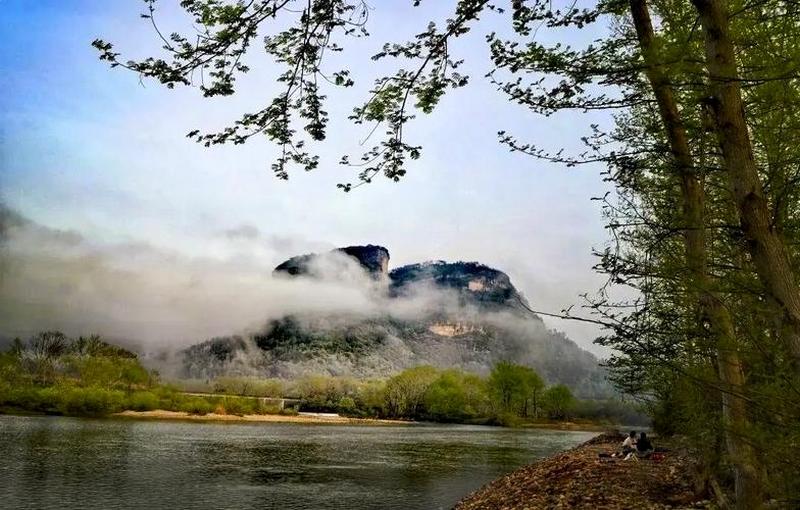
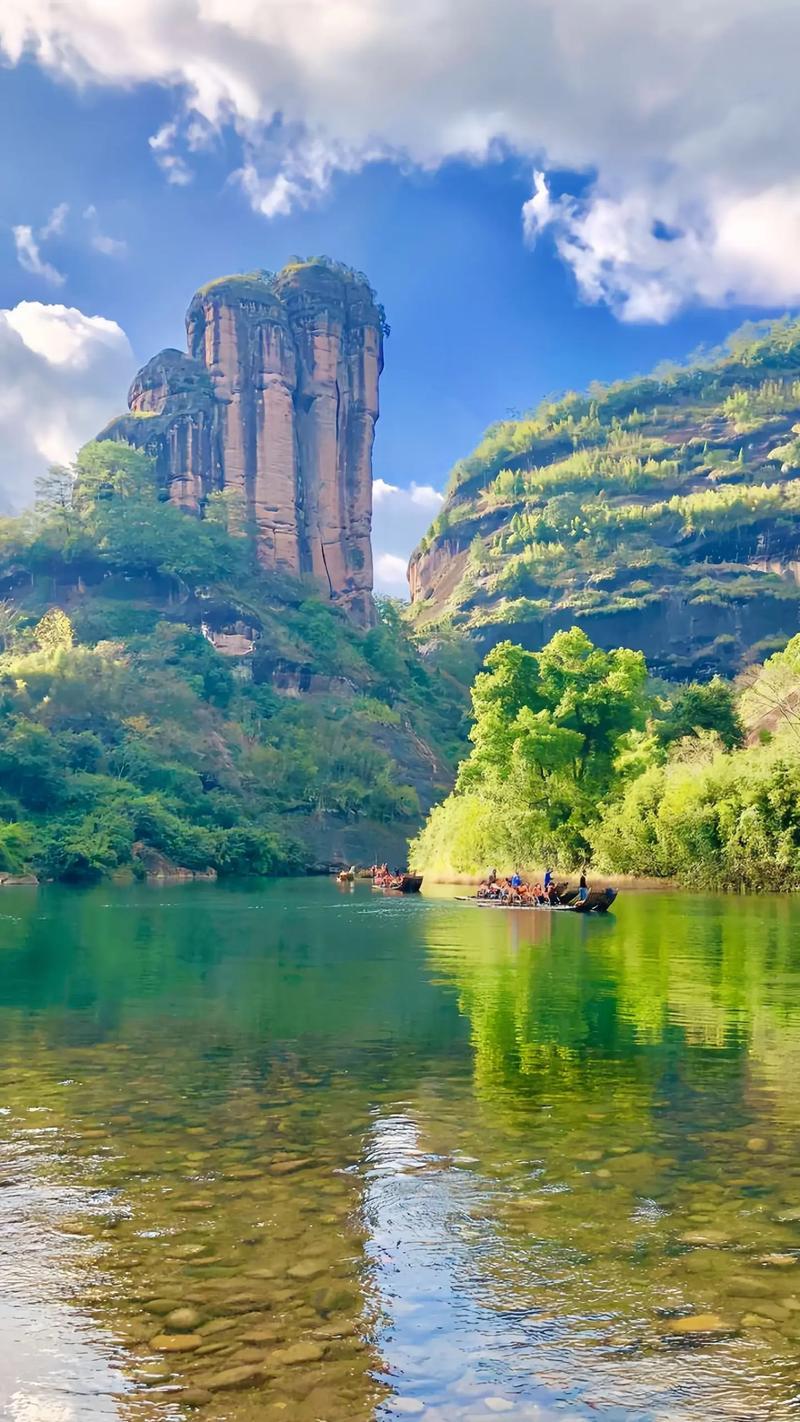
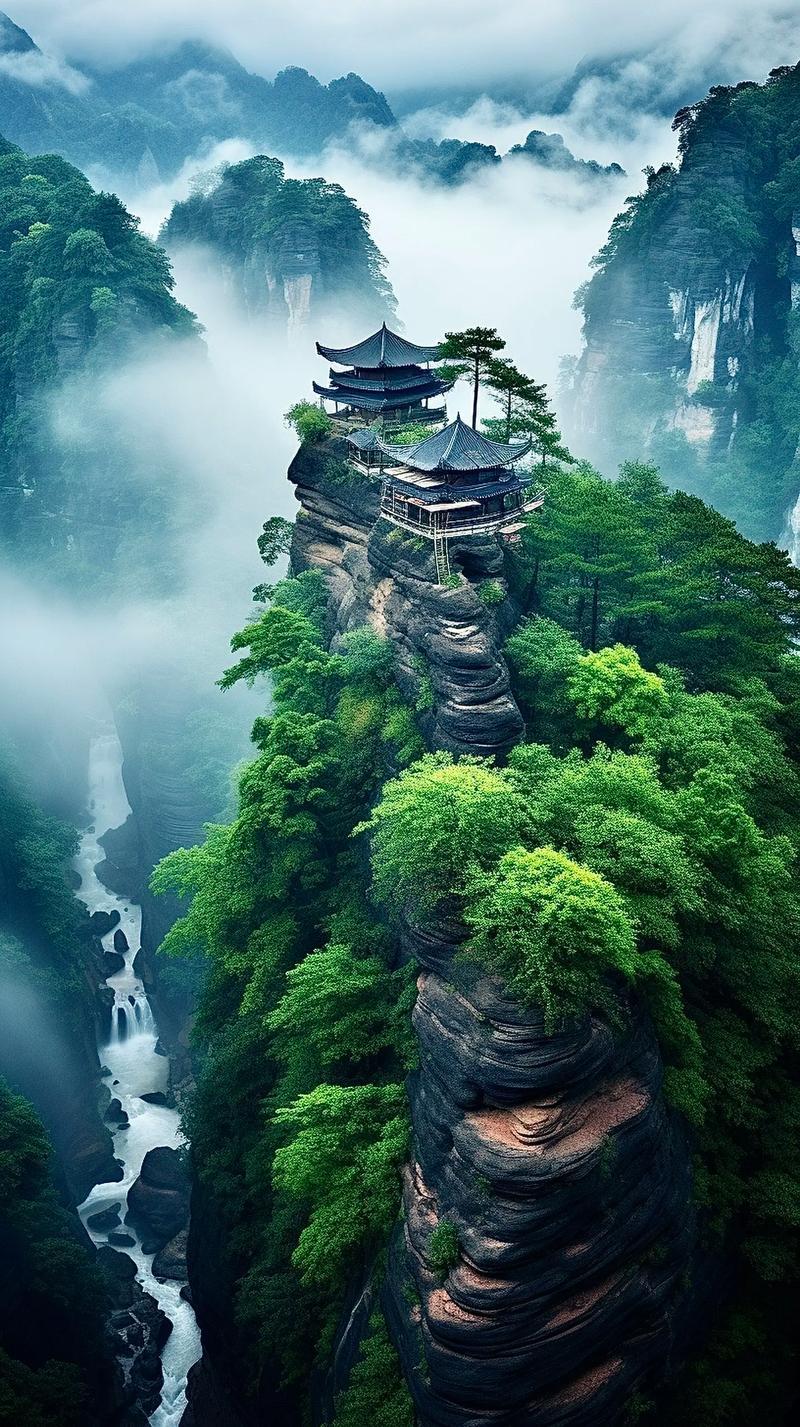
Mount Wuyi is a key area for global biodiversity conservation and has preserved the most complete, typical and largest area of the original forest ecosystem in the middle subtropical zone of the same latitude in the world. In July 1979, the State Council approved the establishment of Mount Wuyi Nature Reserve, with a forest coverage rate of 95.3%. The domestic species resources are extremely rich, almost covering all vegetation types in the central and subtropical regions of China. It is a gene bank of rare and unique wild animals, known by biologists at home and abroad as the “key to studying amphibians and reptiles”, “paradise for birds”, “kingdom of snakes”, “world of insects”, and “window to the world’s biology”. In 1992, it was recognized by the World Environment Fund as an A-level nature reserve with global conservation significance.
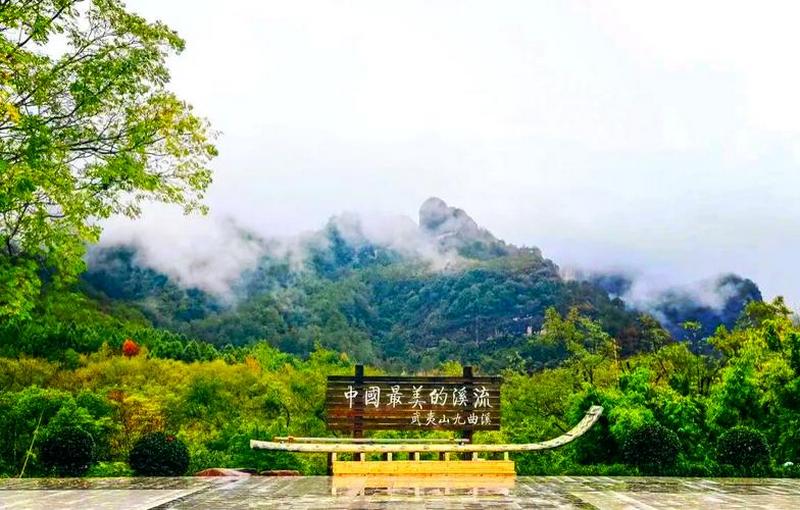


Mount Wuyi is rich in historical and cultural relics. As early as 4000 years ago, the “ancient Min nationality” culture and the subsequent “Minyue nationality” culture were formed. So far, the ravine boat pavilion and the “Hongqiao board” dating back more than 3000 years are still left on the cliffs and cliffs of Mount Wuyi. The Han Dynasty Minyue Royal City Site is currently the most well preserved and unearthed Han Dynasty ancient city site in Jiangnan. In the Song Dynasty, Mount Wuyi, a combination of Confucianism, Taoism and Buddhism, was called “Zou Lu in Fujian” by Confucianism and “Shengzhen Yuanhua Dongtian” by Taoism. There are 187 recorded academies, temples, and palaces in history, as well as 117 pavilions and towers. The famous Northern Song poet Liu Yong was born here, and the famous Southern Song Neo Confucian scholar Zhu Xi lived, wrote, and lectured here for 50 years. Zhu Xi’s Neo Confucianism sprouted, matured, and spread here. Fan Zhongyan, Lu You, Xin Qiji and other celebrities of all ages have left many poems and poems praising Mount Wuyi here.
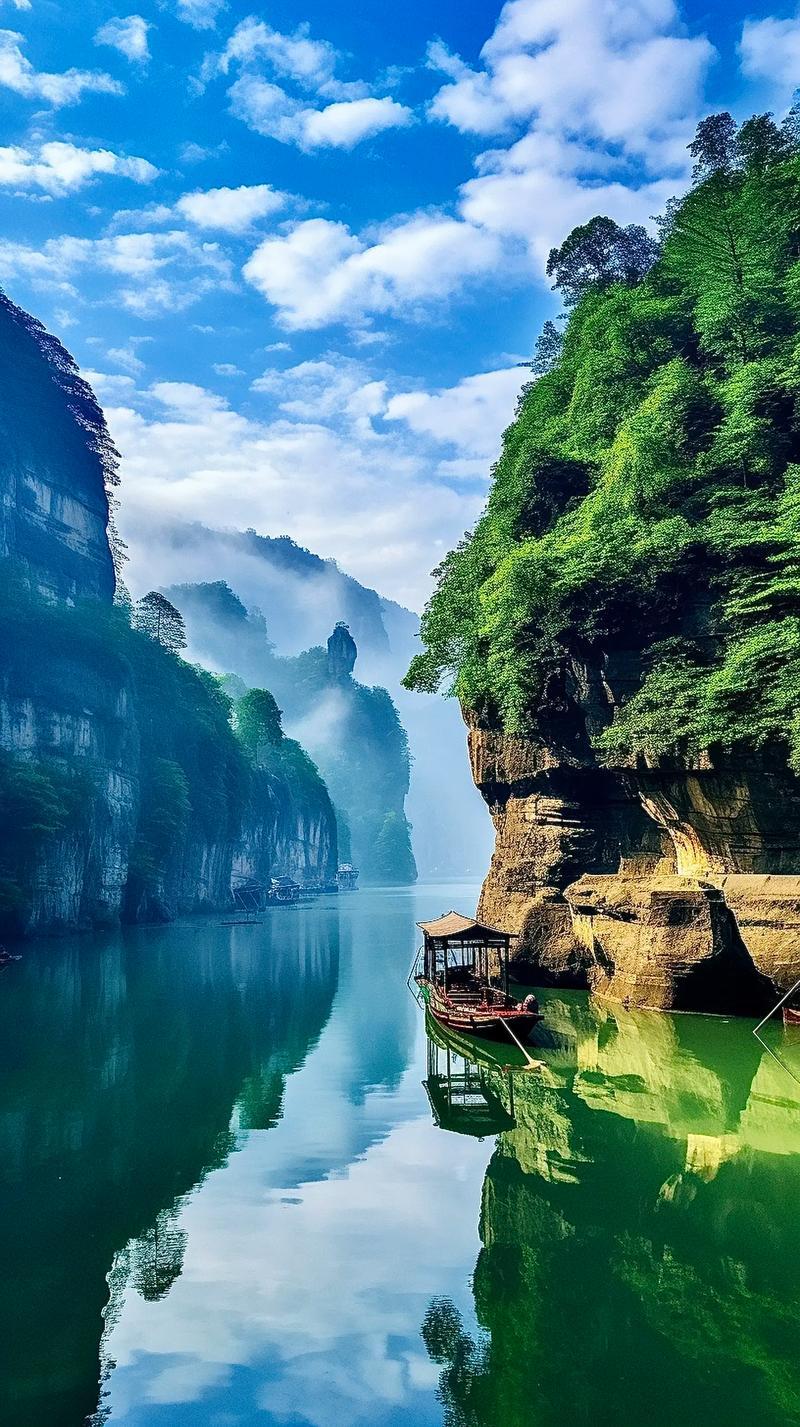
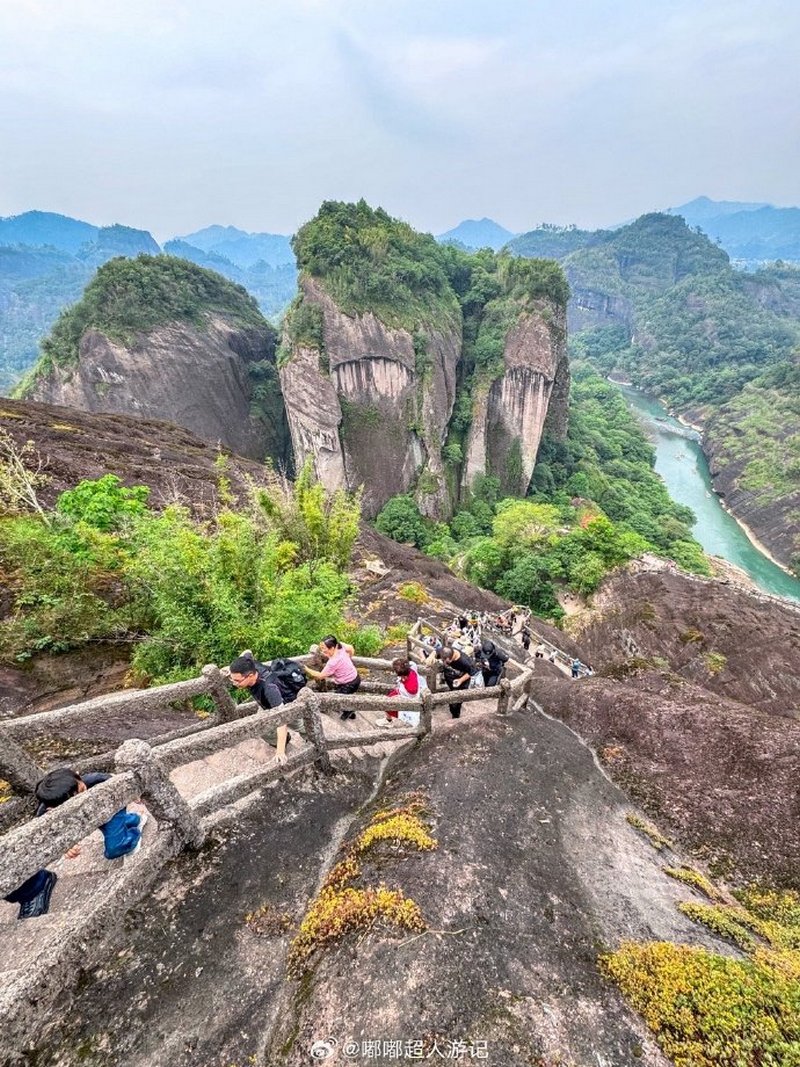
Mount Wuyi is the hometown of tea, the birthplace of oolong tea and black tea, and the birthplace of Taiwan’s frozen top oolong. Wuyi tea is one of the top ten famous teas in China, with a history of over 1000 years. It is renowned both at home and abroad for its unique rock flavor, and was exported to Europe and America as early as the 17th century. From the origin of the British royal afternoon tea, the confirmation of Wuyi tea from the sinking ship of Gothenburg, to the starting point of the Shanxi merchant’s thousand mile tea road portrayed in “Qiao Family Courtyard”, it narrates the prosperity and flourishing of Wuyi tea industry. Therefore, Mount Wuyi has become the only town of tea culture and art in China, and Mount Wuyi Dahongpao production technology is the only production technology of Chinese tea included in the national intangible cultural heritage.

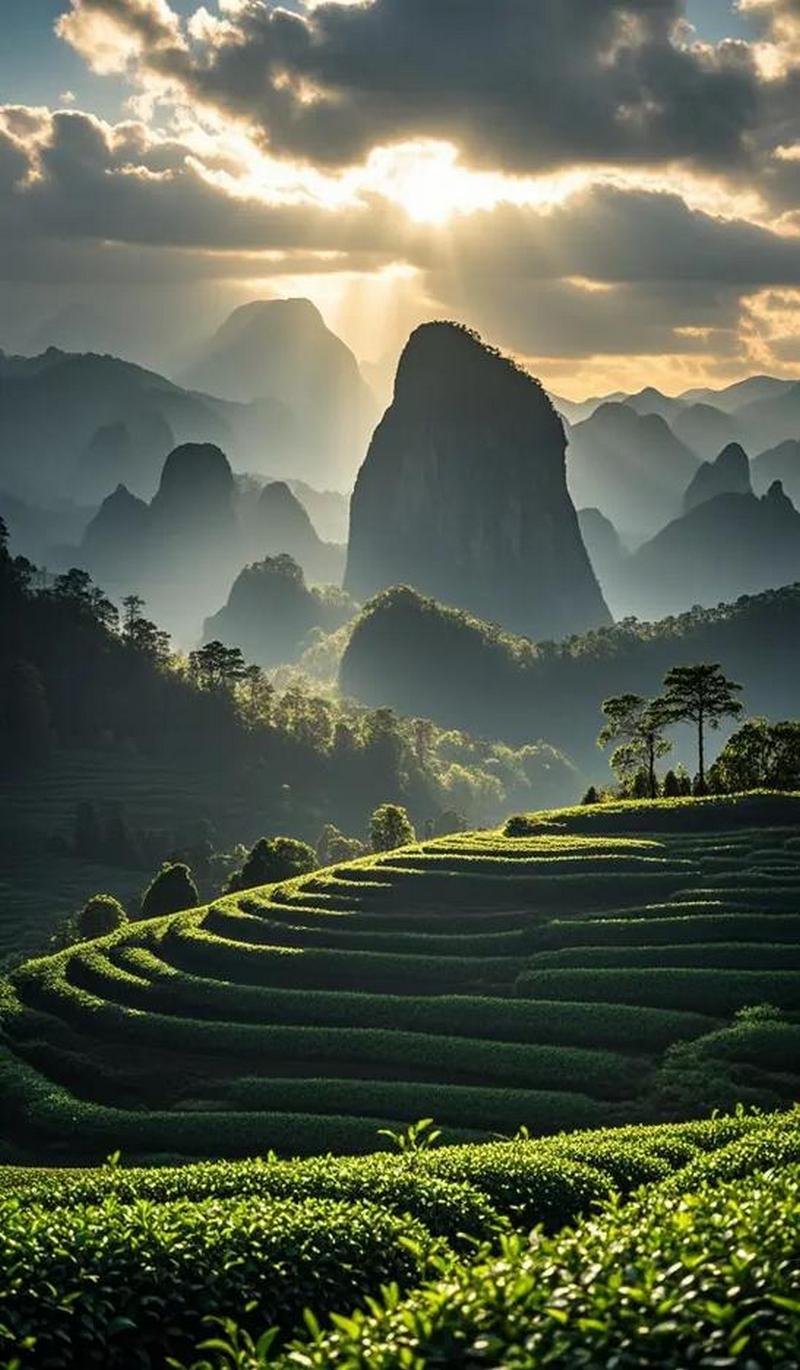
Mount Wuyi, the revolutionary capital of northern Fujian, was identified as the Central Soviet Area by the Central Party History Research Office in May 2009. During the Second Revolutionary Civil War, Mount Wuyi was one of the revolutionary bases in Fujian and Jiangxi. At that time, Fujian Jiangxi Provincial Party Committee and Fujian Provincial Party Committee were located in the crater area of Mount Wuyi. The Soviet regime was established in 1930, and the famous Shangmei Uprising and Chishi Uprising occurred successively. Fang Zhimin, Su Yu, and others left revolutionary footprints on this land. To this day, the capital of the Northern Fujian Soviet Area, Da’an, and the site of the Shangmei Uprising, Shangmei, still remain here; A number of revolutionary historical sites, including Kengkou, where the Fujian Provincial Party Committee is located.

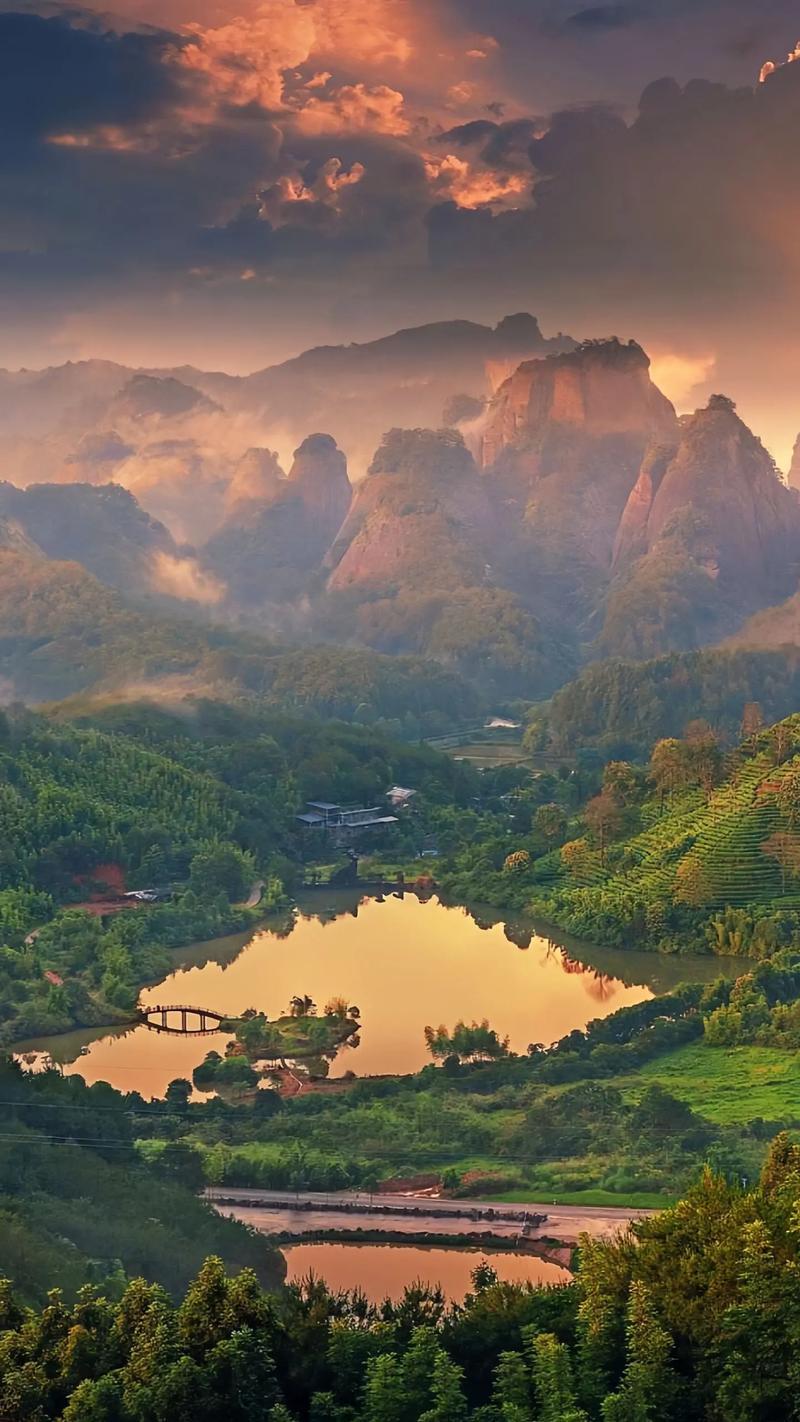
The tourism service system of Mount Wuyi is improving day by day, and the tourism economy has broad prospects. There are 800 public security registered hotels, 218 hotels and 582 B&Bs in Mount Wuyi; The total number of rooms is 17600, with a total of 29300 beds. Among them, there are 4 star rated hotels (3 four-star hotels, 1 three-star hotel, 637 guest rooms, and 1061 beds). The “Impression Red Robe” large-scale landscape performance, created by Zhang Yimou, Wang Chaoge, and Fan Yue’s “Iron Triangle” Impression Art Team, takes a world heritage site as the regional background and Wuyi tea culture as the theme of expression. It integrates natural landscapes, tea culture, and folk culture into a landscape performance. Mount Wuyi is the north gate to Fujian, and has formed a modern three-dimensional transportation network integrating aviation, high-speed, high-speed rail and high-grade highway.
